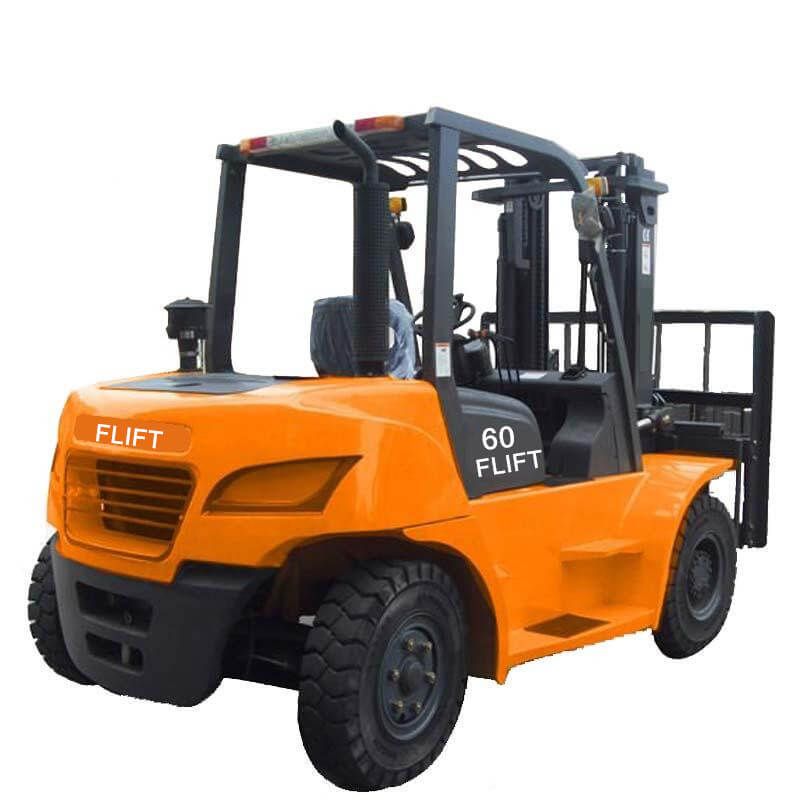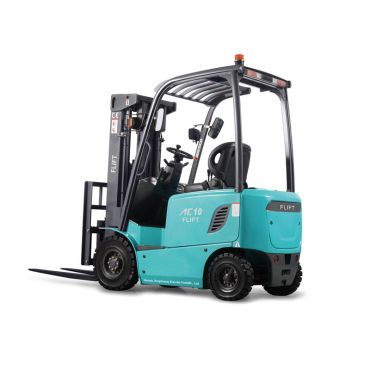- Diesel Forklift
-
- 4.5 Ton Diesel Forklift48 Ton Diesel Forklift3 Ton Diesel Forklift3.5 Ton Diesel Forklift2.5 Ton Diesel Forklift33 Ton Diesel Forklift15 Ton Diesel Forklift10 Ton Diesel Forklift8 Ton Diesel Forklift4 Ton Diesel Forklift6 Ton Diesel Forklift2 Ton Diesel Forklift1 Ton Diesel Forklift1.8 Ton Diesel Forklift1.5 Ton Diesel Forklift6 Ton Diesel Forklift4 Ton Diesel ForkliftFour Wheel Drive Forklift
- Electric Forklift
-
- 12t Lithium-Battery-forklift12t Electric Forklift Truck8t Electric Forklift10t electric forklift truck25ton Lithium Battery Forklift7ton Electric Forklift16ton Lithium Battery forklift2 Ton Electric Forklift1.8 Ton Electric Forklift6 Ton Electric Forklift1.5 Ton Electric Forklift1 Ton Electric Forklift2.5 Ton Electric Forklift3.5 Ton Electric Forklift3 Ton Electric Forklift4.5 Ton Electric Forklift5 Ton Electric Forklift3 Ton Electric Forklift4.5 Ton Electric Forklift1.6 Ton Three Wheel Forklift2 Ton Three Wheel Forklift
- Forklift Attachements
-
- Fixed Short Arm non-sideshiftingnon-sideshiftingFixed Short Arm non-sideshiftingNon-sideshiftingHinged ForksCaton ClampRotatornon-SideshiftingTire ClampsPusherTurning Fork Clampsnon-sideshiftingLog HolderSideshiftingBroke Paper ClampsSideshiftingSideshiftingSingleLoad StabilizerFork PositionersSingle Double Pallet Handler
Five benefits of improving intralogistics through automation of material handling
Date: 2022-04-09 View:
Five benefits of improving intralogistics through automation of material handling
With the sudden and rapid growth of the overall e-commerce volume, the shortage of skilled labor has increased, as has the need to improve warehouse and production efficiency. Industrial automation seems to be the solution to all logistical problems. Good material handling experts have spent decades researching new technologies to improve efficiency, increase productivity and eliminate the risk of human error.
A recent article by global consulting giant McKinsey on the topic suggests that the emergence of a new logistics model will lead to the automation of many operations by 2030, as artificial intelligence takes control of repetitive tasks that warehouse operators must perform. It is predicted that in this industry, we will see fully automated high-bay warehouses and automated forklifts zipping down the aisles.
However, the decision to automate the material handling process is not as simple as the solution itself. To be successful, specific consideration and analysis of a company's operations must be undertaken. How many activities are repetitive and could benefit from automation? Which areas are problematic due to lack of skills or manpower? Which operations are not time efficient? What are your overall expectations for automation?
(1) Support business growth
Companies looking to grow their business and increase productivity often see factory automation as the solution. Today’s AGVs are not only easier to implement and more widespread than ever before, but in many cases, they have been shown to actually help companies increase productivity and achieve attractive ROI.
(2) Improve the quality of work
In the field of logistics, retaining qualified warehouse staff can be a real challenge. Warehouse activities can be repetitive, demanding and stressful, requiring many actions to be performed over short or long distances. By introducing industrial automation systems in areas of duplication of work, employees can be freed from these monotonous tasks to engage in other value-added activities that will be more rewarding and open up new job opportunities. This will improve staff morale. AGVs can also provide many career opportunities in the maintenance field.
(3) Reduce costs
AGVs, as automatic lift vehicles, can reduce ordinary and special personnel costs because they can work during the day, night and weekend. This facilitates just-in-time logistics operations, which in turn reduces costs and inventory levels. AGVs also help create leaner operations, allowing your business to reduce waste and increase the productivity of inventory leaving the warehouse.
In addition, AGVs can help companies reduce expenses caused by accidental damage to facilities and workers, health and safety costs. Damage to cargo and infrastructure as well as health and safety concerns are also reduced as AGVs use scanners and sensors to manipulate cargo with high precision.
(4) Reduce the risk of accidents
Operators can be at risk of accidents in the workplace because of their fast-paced work environment, where forklifts and people frequently cross, and the potential for collisions and damage is high.
Our range of automated forklifts is designed with safety in mind. AGVs can replace human-operated forklifts, reducing the likelihood of workplace accidents. Toyota's self-driving cars are equipped with security scanners that continuously monitor their operating environment and avoid hazards. Once a potential danger is detected, the AGV will automatically stop to avoid a collision. An automated industrial system is not only more efficient, but also safer.
(5) Improve sustainability
Companies seeking to make their operations more environmentally friendly can greatly benefit from the use of automated guided vehicles. Their efficiency and smooth ride help reduce waste and require less energy than conventional fuel sources.
In addition, advances in lithium battery technology have made it possible to ditch the charging compartment of AGV forklifts. Charging can be done automatically, and the battery itself saves 30% more energy than alternative power sources. Since AGVs can be used at night and in complete darkness, electricity and heating bills in warehouses can also be reduced.
Warehouse - Automation System
Of course, while AGVs have many advantages, they are not always the right answer to all logistics needs. This is the case when non-repetitive tasks are not as easy or economical to automate, which is why material handling experts always advocate that the best solution is to combine automated machines with the work of supporting skilled people.
With the sudden and rapid growth of the overall e-commerce volume, the shortage of skilled labor has increased, as has the need to improve warehouse and production efficiency. Industrial automation seems to be the solution to all logistical problems. Good material handling experts have spent decades researching new technologies to improve efficiency, increase productivity and eliminate the risk of human error.
A recent article by global consulting giant McKinsey on the topic suggests that the emergence of a new logistics model will lead to the automation of many operations by 2030, as artificial intelligence takes control of repetitive tasks that warehouse operators must perform. It is predicted that in this industry, we will see fully automated high-bay warehouses and automated forklifts zipping down the aisles.
However, the decision to automate the material handling process is not as simple as the solution itself. To be successful, specific consideration and analysis of a company's operations must be undertaken. How many activities are repetitive and could benefit from automation? Which areas are problematic due to lack of skills or manpower? Which operations are not time efficient? What are your overall expectations for automation?
(1) Support business growth
Companies looking to grow their business and increase productivity often see factory automation as the solution. Today’s AGVs are not only easier to implement and more widespread than ever before, but in many cases, they have been shown to actually help companies increase productivity and achieve attractive ROI.
(2) Improve the quality of work
In the field of logistics, retaining qualified warehouse staff can be a real challenge. Warehouse activities can be repetitive, demanding and stressful, requiring many actions to be performed over short or long distances. By introducing industrial automation systems in areas of duplication of work, employees can be freed from these monotonous tasks to engage in other value-added activities that will be more rewarding and open up new job opportunities. This will improve staff morale. AGVs can also provide many career opportunities in the maintenance field.
(3) Reduce costs
AGVs, as automatic lift vehicles, can reduce ordinary and special personnel costs because they can work during the day, night and weekend. This facilitates just-in-time logistics operations, which in turn reduces costs and inventory levels. AGVs also help create leaner operations, allowing your business to reduce waste and increase the productivity of inventory leaving the warehouse.
In addition, AGVs can help companies reduce expenses caused by accidental damage to facilities and workers, health and safety costs. Damage to cargo and infrastructure as well as health and safety concerns are also reduced as AGVs use scanners and sensors to manipulate cargo with high precision.
(4) Reduce the risk of accidents
Operators can be at risk of accidents in the workplace because of their fast-paced work environment, where forklifts and people frequently cross, and the potential for collisions and damage is high.
Our range of automated forklifts is designed with safety in mind. AGVs can replace human-operated forklifts, reducing the likelihood of workplace accidents. Toyota's self-driving cars are equipped with security scanners that continuously monitor their operating environment and avoid hazards. Once a potential danger is detected, the AGV will automatically stop to avoid a collision. An automated industrial system is not only more efficient, but also safer.
(5) Improve sustainability
Companies seeking to make their operations more environmentally friendly can greatly benefit from the use of automated guided vehicles. Their efficiency and smooth ride help reduce waste and require less energy than conventional fuel sources.
In addition, advances in lithium battery technology have made it possible to ditch the charging compartment of AGV forklifts. Charging can be done automatically, and the battery itself saves 30% more energy than alternative power sources. Since AGVs can be used at night and in complete darkness, electricity and heating bills in warehouses can also be reduced.
Warehouse - Automation System
Of course, while AGVs have many advantages, they are not always the right answer to all logistics needs. This is the case when non-repetitive tasks are not as easy or economical to automate, which is why material handling experts always advocate that the best solution is to combine automated machines with the work of supporting skilled people.
.png)




